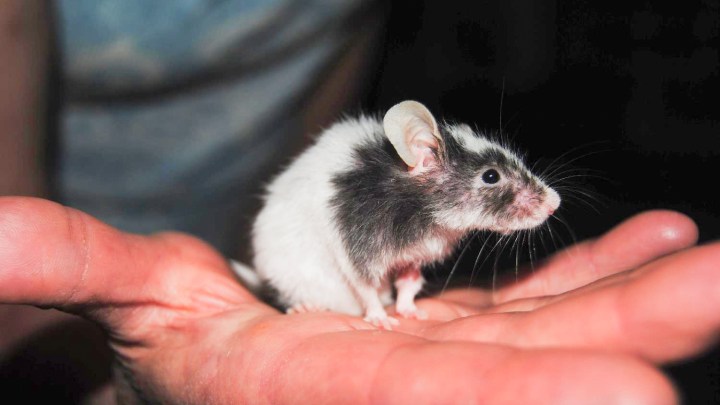
The groundbreaking study, published in the journal Nature Communications, demonstrated that mice offspring can be created from non-egg cells, by injecting sperm directly into a one-cell embryo to give birth to live mouse pups.
“For a long time, it’s been thought that only an egg can carry out the ‘reprogramming’ of a sperm in order to get it stop being a sperm and start behaving like an embryo,” molecular embryologist Tony Perry, from the university’s department of biology and biochemistry, told Digital Trends. “That was thought to be a unique property. We’ve shown that an embryo cell, which is an entirely different type of cell to an egg, can also do this sperm reprogramming. The resulting situation is the ability to produce an offspring.”
Previous studies have shown that it is possible to “trick” eggs into developing an embryo without the need for fertilization, but the resulting embryos only lived for a few days because of the lack of key developmental processes requiring a sperm.
The mice born through this new technique — which has a success rate of up to 24 percent — are healthy and able to produce subsequent generations of mice pups. This almost one-in-four success rate is significantly higher than the 2 percent success rate for nuclear transfer cloning.
The work is being viewed as particularly exciting because it hints at a potential future in which it is possible to breed animals, or even to help with human fertility, using non-egg cells and sperm. However, while it raises questions of whether, for example, two men could become the biological parents of a baby without any female involvement, such questions are, at best, “fanciful” at present.
For one thing, the work so far has been limited entirely to mice, with no investigations yet carried out in any other mammals — let alone thoughts of human studies. For another, it remains to be seen whether the body’s somatic cells, referring to any cell of a living organism that is not reproductive, is able to carry out the same kind of sperm reprogramming.
“I’m not saying these barriers are negotiable or not, but we don’t know whether we can solve them,” Perry said. “For now, it’s still very fanciful and almost science-fiction.”
Even taken on the merits of what has already been achieved, though, this study is incredibly exciting.


